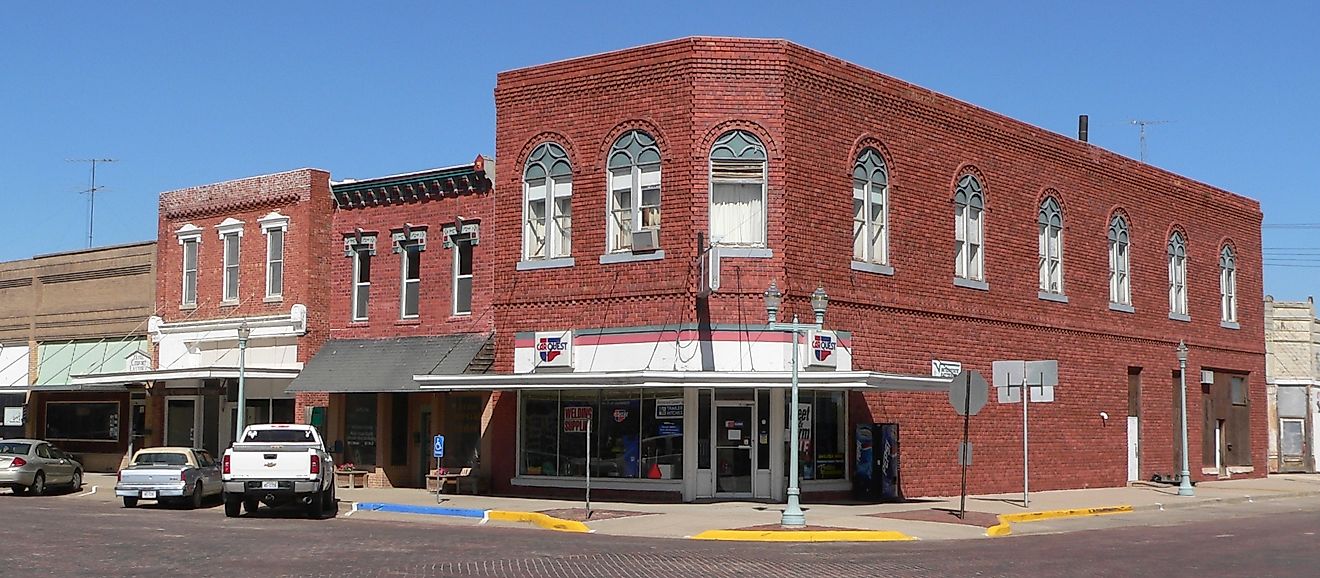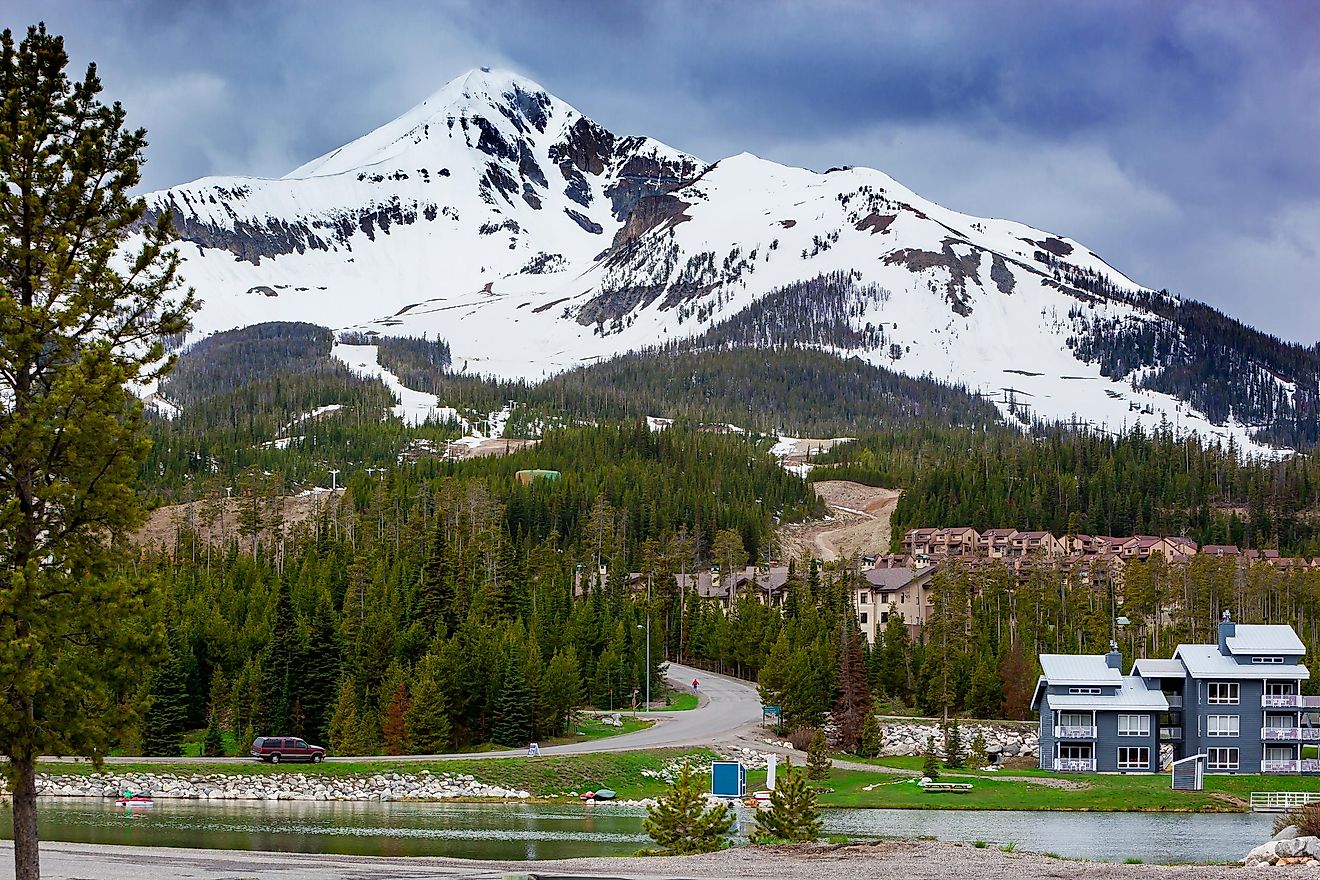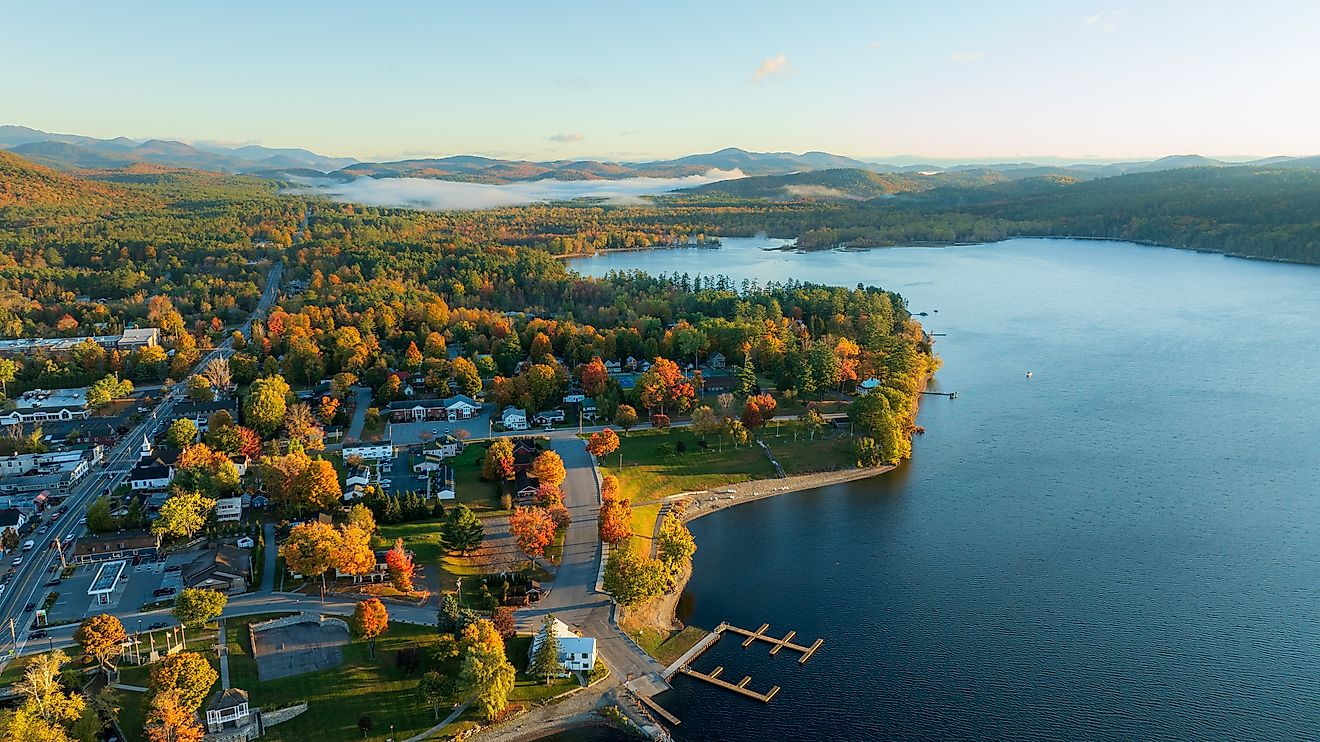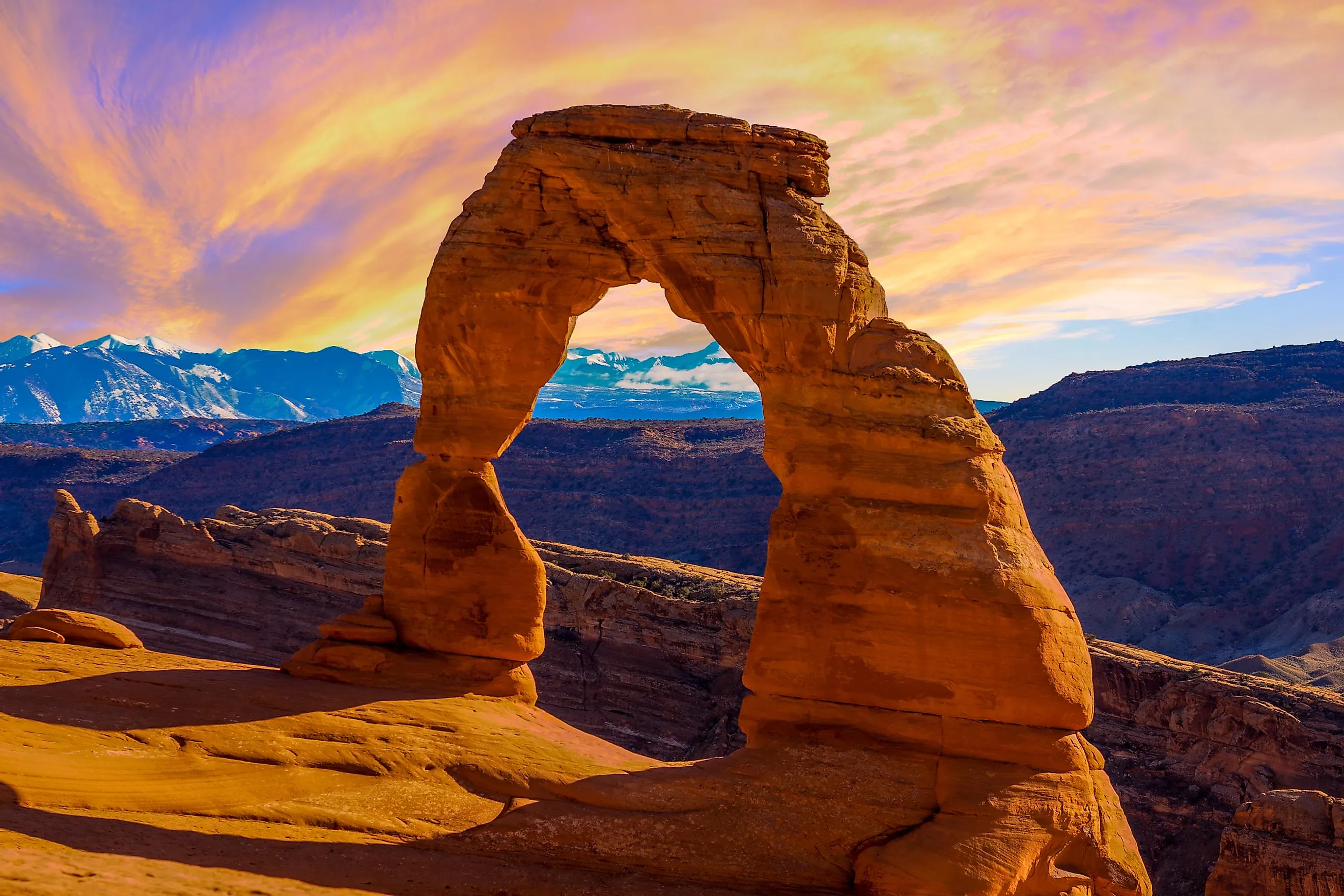
Arches National Park
National Parks are areas that are created by national governments for the conservation of the natural environment. The National Park Service (NPS), which functions under the US Department of Interior, currently manages 63 National Parks in the United States. Among all the US States, the State of California has the highest number of National Parks followed by the States of Alaska, Utah, and Colorado. It is estimated that approximately 211,000 km2 of land is protected by National Parks in the United States.
Situated in the eastern part of the US State of Utah is the Arches National Park, which contains the highest concentration of natural red sandstone arches in the world. The park occupies a desert area of 310.3 km2 and is located near the Colorado River, northeast of the Canyonlands National Park, and about 6 km north of the city of Moab.
Geography
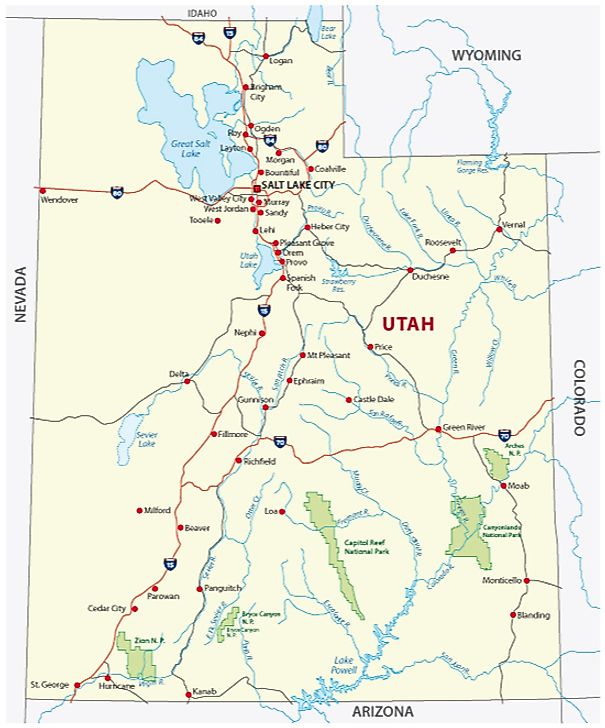
The Arches National Park is geographically positioned on the northern extremity of the Colorado Plateau and features over 2,000 red sandstone arches along with a variety of astonishing geological formations such as spiraling pinnacles, massive balanced rocks, arches, courthouse towers, spires, and sandstone fins. Situated within the National Park is Elephant Butte which rises to an elevation of 1,723 m and is the highest point in the National Park. Some of the notable features of the park include the Delicate Arch, Double Arch, Fiery Furnace, Dark Angel, and Devils Garden. Located in the northern part of the Arches National Park in the Devils Garden area is the Landscape Arch – which has a length of about 88m and is considered as the world’s fifth-longest natural rock arches. The Landscape Arch is also the longest natural rock arch in the Arches National Park.
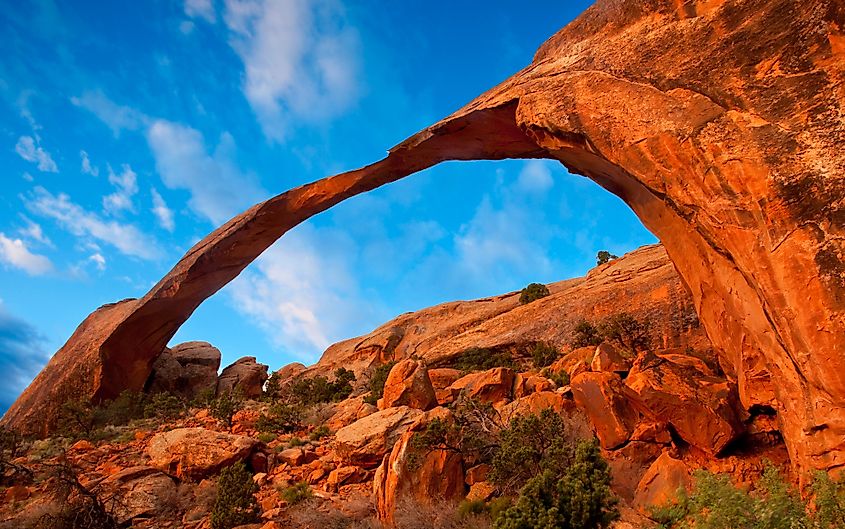
It is believed that approximately 300 million years ago, inland seas covered the large Paradox Basin in the Colorado Plateau region. After the seas refilled and evaporated several times, thick salt beds were left behind. Later, sands and other sediments that were carried down by the upland streams covered the salt beds and buried them beneath thick layers of rock. The weight of this covering rock led to the liquefaction of the less dense salt layer and layers of rock were thrust upwards to form rocky domes and ridges, with cavities in between. In later years, the underlying salt deposits began to be dissolved by the groundwater. This led to the collapse of the sandstone domes and caused the vertical rock slabs to develop cracks. Continuous wind and water erosion eventually led to the formation of sandstone fins from the cracked rocks. The further weathering of the sides of the fins led to the formation of spectacular rock arches.
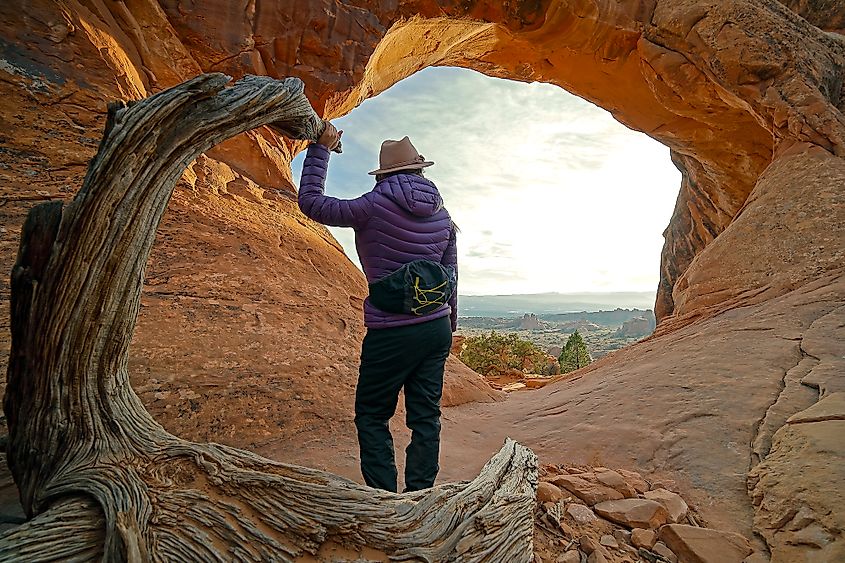
According to the Köppen climate classification, the Arches National Park experiences a cold semi-arid climate, with hot summers and chilly winters. The area receives very scanty annual precipitation (less than 250 mm) in the form of heavy downpours, which often lead to flash flooding in the canyons.
Wildlife
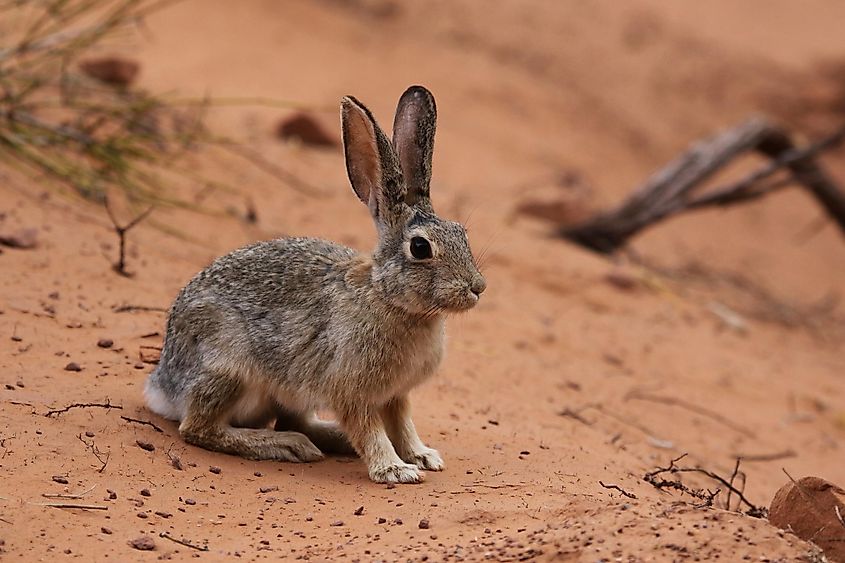
The Arches National Park supports a variety of plants like the pinyon pine, yucca, prickly pear cactus, Utah juniper, Indian ricegrass, cottonwood, black brush, tamarisk, and evening primrose, among others. Different reptilian species like the western collared lizard, northern whiptail, ornate tree lizard, common side-blotched lizard, midget-faded rattlesnake, western rattlesnake, and gopher snake are found in the park. Several amphibian species including the notable American spadefoot toad are also found here. Numerous birds like scrub jays, black-throated sparrows, peregrine falcons, white-throated swifts, golden eagles, turkey vultures, etc have been recorded in the park. Several faunal species like mountain lions, mule deer, kangaroo rats, antelope squirrels, desert cottontails, and desert bighorn sheep are observed in the National Park.
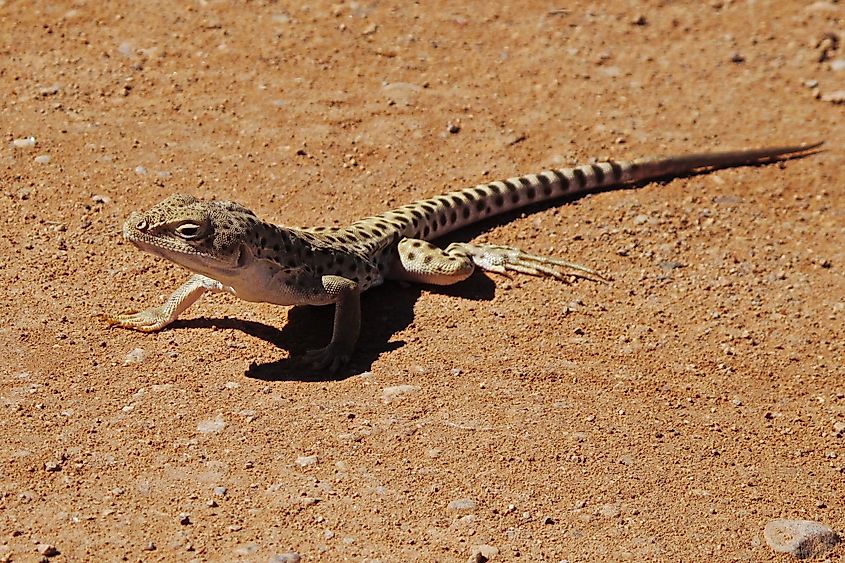
Despite the rocky terrain, the park area is extremely fragile due to the presence of biological soil crusts made up of cyanobacteria, microfungi, green algae, mosses, and lichens, and are found in the sandy areas of the park. This Utah National Park also contains several ephemeral pools which function as mini-ecosystems and support a variety of insects, shrimps, and tadpoles. These ephemeral pools are formed within potholes among the sandstone basins, which also serve as natural water-collecting basins.
Brief History
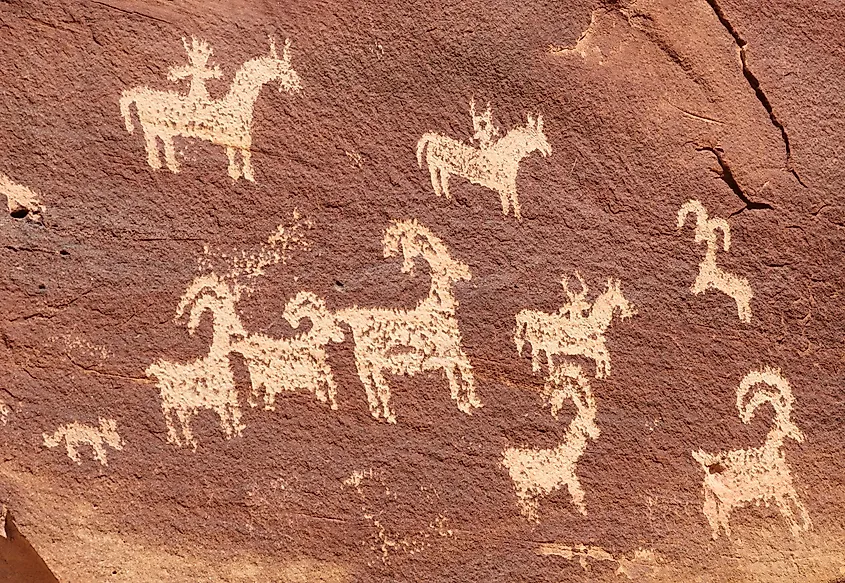
It is believed that humans lived in the region beginning at the end of the last glacial period, 10,000 years ago. Ancestral Puebloans and Fremont people also inhabited the region. When the Spanish missionaries arrived in the region, they were met by the Indigenous Paiute and Ute tribes. In 1855, an attempt was made by the Mormon Elk Mountain Mission to settle in the area, the first European attempt at settlement, but they eventually abandoned it.
Frank A. Wadleigh, who served as a passenger traffic manager in an American railroad company, was the first to draw the attention of the National Park Service to the Arches area. The area was subsequently established as a national monument by a Presidential proclamation in 1929. On November 12, 1971, then US President Richard Nixon declared the area as a National Park. It is estimated that more than a million visitors visit the park annually and pose a grave threat to the fragile high-desert ecosystem of the Arches National Park.

